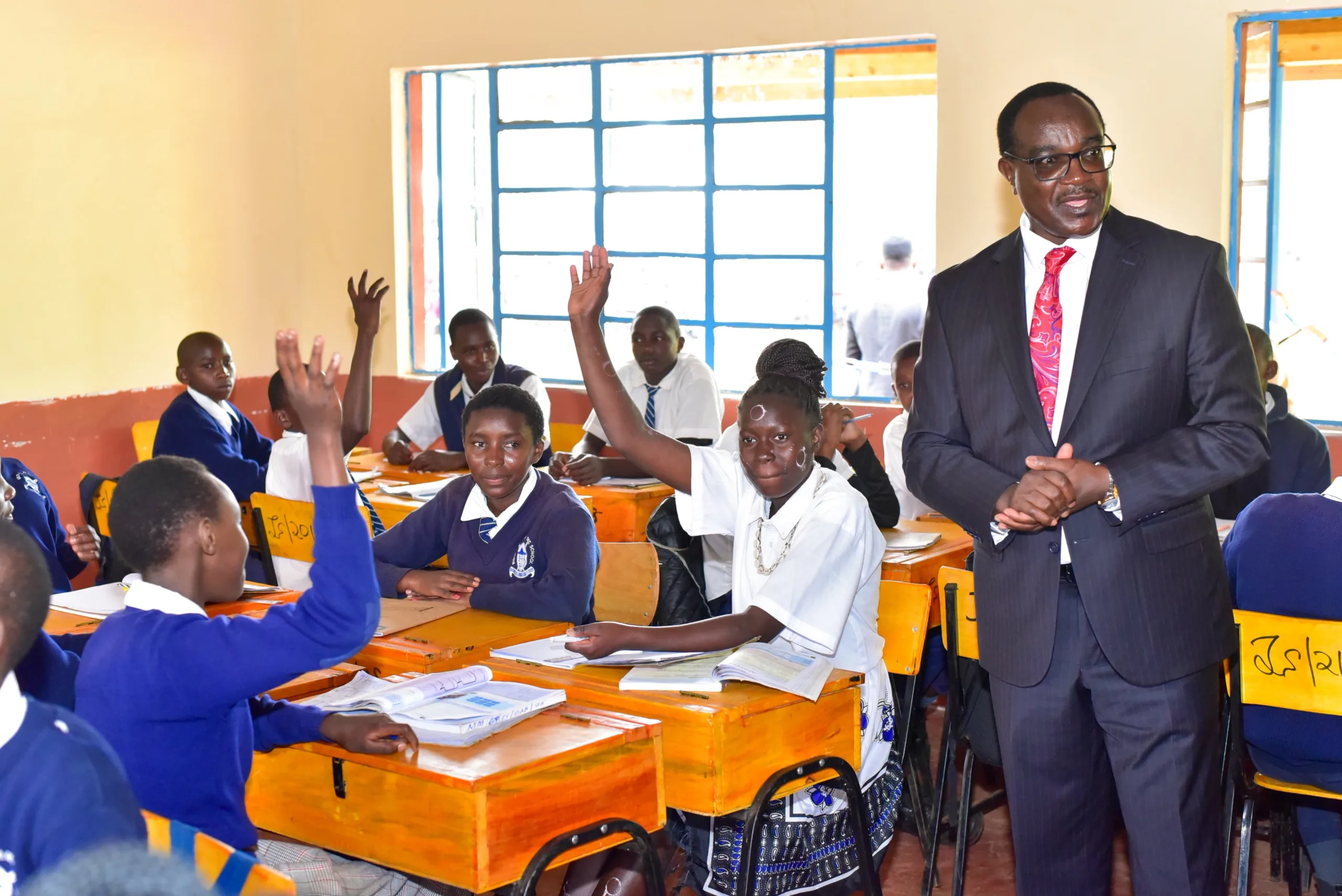How Grade 10 Learners Will Be Placed in Senior School Under CBC.
By the end of this year, Grade 9 learners will transition into Senior School, which comprises Grades 10 to 12, marking the final stage of basic education under the Competency-Based Curriculum (CBC).
This cohort is the pioneer group of the CBC system, introduced in January 2017 when the government began the phased shift from the 40-year-old 8-4-4 curriculum.
To facilitate this transition, learners will sit for the Kenya Junior Secondary Education Assessment (KJSEA) in November, making it the first national exam conducted at the Junior School level under CBC.
The assessment, administered by the Kenya National Examinations Council (KNEC), will contribute 60% of the final mark, while school-based assessments will account for the remaining 40%.
Career Pathways in Senior School
Following KJSEA, learners will be assigned to various Senior Schools according to their career preferences. Unlike Junior Schools (Grades 7-9), which were housed in primary schools, Senior Schools will integrate the existing four-tier system: national schools, extra county schools, county schools, and sub-county schools.
However, under CBC, these categorizations will be eliminated, and placement will instead be guided by three career pathways: Arts and Sports Science; Science, Technology, and Mathematics (STEM); and Social Science. Each pathway consists of specific subject combinations known as tracks.
Arts and Sports Science will encompass Performing Arts, Sports, and Visual Arts. STEM will include Pure Science, Applied Science, Technology and Engineering, and Career Technology Studies (CTS). Social Science will feature Humanities, Business Studies, and Language and Literature.
Placement Based on Performance and Capacity
Learners will be assigned to schools according to their KJSEA performance, aligning with the requirements of their preferred career pathways. The placement process will also consider the infrastructural and staffing capabilities of each school.
National schools, equipped with superior facilities, may accommodate learners across all three pathways. In contrast, some extra county schools may only be able to support two pathways due to resource limitations.
Apart from assessments, KNEC will issue questionnaires where learners will indicate their interests and personality traits. This will assist education officials in identifying students with special talents in fields such as athletics or science, ensuring they are placed in institutions capable of nurturing their abilities.
Factors Influencing School Placement
Beyond academic performance, three additional factors will influence a learner’s school placement. The CBC emphasizes placing students in schools closest to their homes. This model mirrors the Junior School approach, where Grades 7-9 were integrated into primary schools.
As a result, the availability of school slots, along with principles of equality and inclusivity, will play a crucial role in placement decisions.
Read Also: Young Graduates Turn to Online Hustles Amid Rising Unemployment
Regions with a higher number of schools will have an advantage, as this will provide more opportunities for students. Additionally, gender-based school restrictions will be removed, allowing for mixed-gender placements based on career pathway selection.
Furthermore, regional balance and geographical location will be key considerations. The new placement system aims to prevent students from traveling long distances to attend school, as was often the case under the 8-4-4 system.
This approach ensures that learners receive quality education while remaining close to their families and communities.
How Grade 10 Learners Will Be Placed in Senior School Under CBC.
Follow Teachers Updates on Facebook, LinkedIn, X (Twitter), WhatsApp, Telegram, and Instagram. Get in touch with our editors at [email protected].


Discussion about this post